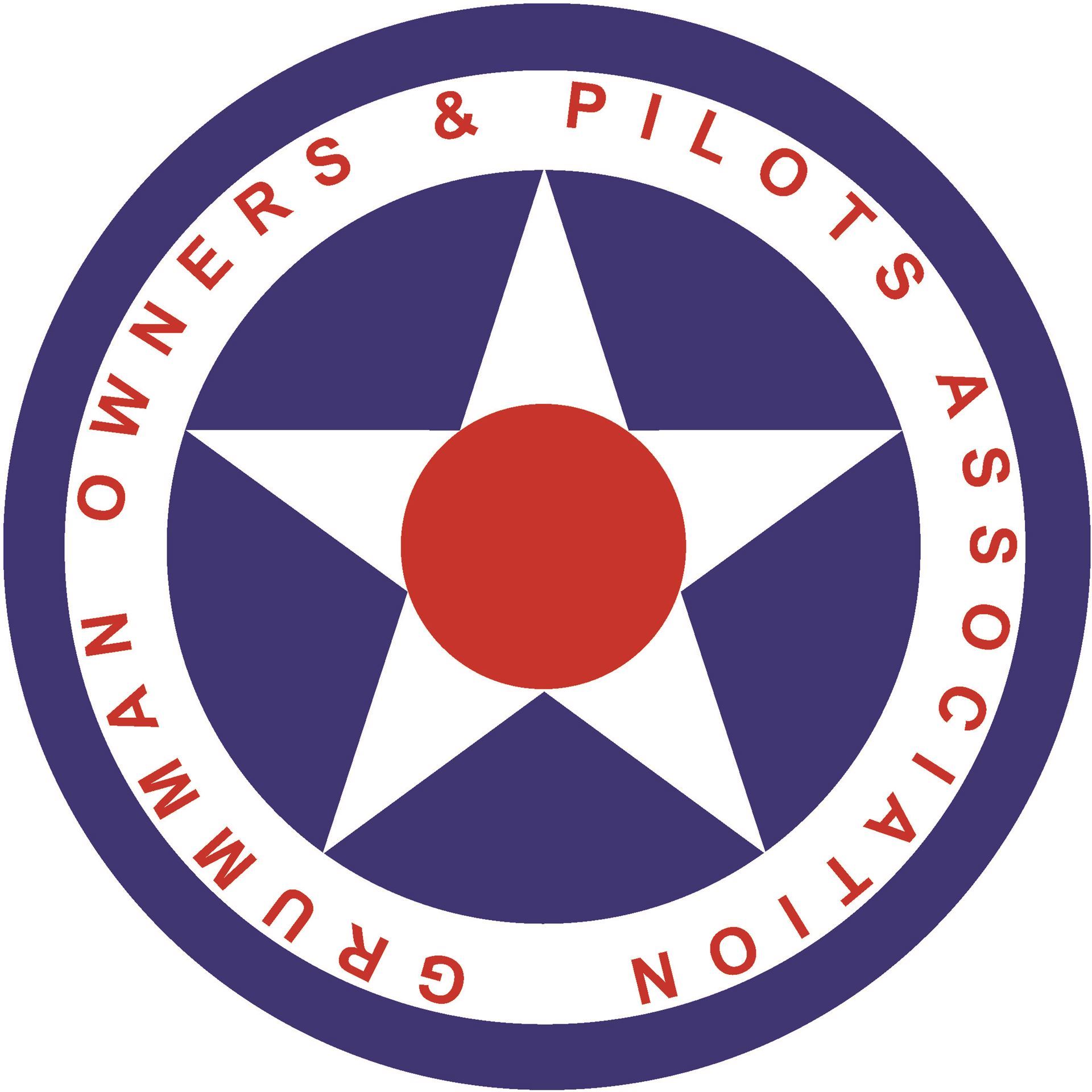There's been a lot of concern recently about the recent FAA NOTC regarding the failure of the horizontal stab on a Traveler and the likely AD resulting. Much of this concern has revolved around the apparent lack of involvement of Grumman experts in the process. In fact, True Flight has been directly ad deeply involved all along and was already preparing a Service Bulletin on the problem when that notice was released by the FAA.
True Flight has been consulting Grumman experts including David Fletcher, Gary Vogt, and John Sjaardema. GOPA Tech Director John Cotter is now involved, too.
As background, this all started with this accident:
https://data.ntsb.gov/carol-repgen/api/Aviation/ReportMain/GenerateNewestReport/102531/pdf
GOPA Tech Director John Cotter contacted the investigating FSDO within days of the accident, requesting any and all additional information. He then wrote the Elevator Failure article which was published in the March-April Star Magazine:
https://tinyurl.com/y4zs4vxz
A GOPA member AA5 owner who read that article performed a visual inspection of his aircraft and saw corrosion at the hinge attach point.
He contacted the GOPA Tech Director, True Flight and the FAA.
Representatives of the FAA and of True Flight went to his location to inspect his aircraft.
This confirmed that the delamination issue in the accident aircraft wasn't a "one-off."
That owner is replacing his horizontal stabilizer.
One issue which has led to some confusion is that the FSDO Inspector who sent out the NOTC is only the person investigating the accident, not the person developing the AD; that is being done by the Aircraft Certification Office (ACO) in conjunction with True Flight. However, FAA rules on AD development prohibit sharing most information with the public until the AD is completed. This has resulted in some confusion about who's doing what, but we hope this message will alleviate some concerns.
The problem which led to the Traveler accident appears to be the delamination of the skin of the horizontal stab from the outboard rib to which the outboard elevator hinge plate is attached, resulting in failure of the rib and loss of elevator control. This design is common to all AA-1x's and the AA-5, but completely different in the AA-5A/B, where the bracket is attached to the aft spar, not the outboard rib. You can see this part in the relevant Maintenance and Parts Manuals. The delamination was a result of a number of factors resulting in corrosion inside the bonded joint. Note this was a '72 Traveler, so the "purple passion" glue used in 1975 was not involved. This progressive delamination could have been detected by routine "tap test" of the bonded seam as called for in the 100-hour/annual checklist for all our aircraft, but which may be getting skimped on by some people.
So, the first lesson learned is to be diligent about doing that tap test at every inspection.
Also, it appears that a contributing factor was the freezing and melting of water which had intruded into the rib/skin joint while temperatures were going up and down above/below freezing. So while we know not everyone can keep their plane hangared, to the max extent possible, do try to keep your plane dry and out of the elements.
At this time, the FAA and True Flight are working on final wording of an SB to check for these issues. Much will be taken from the old SB125A on delamination repairs, but updated and expanded, with improved guidance on the conduct of tap tests. The AD will likely make the SB mandatory, probably with a "100 hours or next annual" completion time. As to what the SB will say, the following is preliminary, but should be close to the final.
The SB will have two parts - one that is more general and include the Cheetah and Tiger, and likely be a "next 100 hours or next annual, whichever comes first."
The second part will be more focused on one-time inspection of the tail of all AA1s and Travelers. It will also be more urgent (likely within 20 hrs) to allow owners to get the plane to a suitable shop for the inspection.
It's not certain whether any required inspection will require removal of the stab tip for more direct examination, or whether tap testing/visual inspection will be sufficient. If your plane is clean with little to no corrosion the only ongoing inspection will be the one prescribed in the first part of the service bulletin - i.e. annual tap test which is, of course, already part of the annual inspection. If corrosion or delamination is found, mitigating steps will be prescribed. The mitigating steps are not yet decided. They could include some upgrade to the rib/skin attachment, but whether that will be necessary and what that might involve is still under discussion. True Flight is working directly with the ACO on these issues.
The one thing which IS certain is something we all should already know - that the tap test of the bondlines at each 100-hour/annual inspection as listed in the Maintenance Manuals for all our planes (not just the
AA-1x/AA-5) is critical. There is little doubt in the minds of the experts that had the accident airplane been tap-tested, the delamination would have been detected well before it failed. Every one of you flying an AA-1x or AA-5 should be tap-testing that seam before your next flight and obtaining appropriate assistance from a mechanic who knows Grummans if you don't like what you hear. For you Cheetah/Tiger folks, the design of your horizontal stab/elevator attachment is totally different (the bracket is attached directly to the spar by four screws, not by two screws to the rib), so a failure mode would be different, but that's no reason not to tap-test your tail along the skin/aft spar bondline before your next flight.
